Guest Speaker: My Culinary Awakening in Europe, Part 2
By Michael Riggs, Ph.D, CEC, FMP
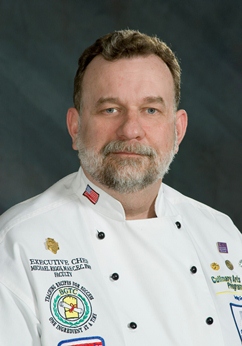 An educator returns from a summer excursion abroad with a new appreciation of community and culture communicated through food and cuisine.
An educator returns from a summer excursion abroad with a new appreciation of community and culture communicated through food and cuisine.
Over the summer of 2010 I was given a unique opportunity to spend 14 days in England at Oxford University studying the history of European cuisine. First let me say that what took thousands of years to develop could not be researched in 14 days even with the 100 miles of books at the Oxford Bodleian Library. But what I did learn and experience came in the form of the best kind of research, eating and having conversations with chefs, restaurateurs and the people of the countries I visited: Let’s begin my journey…
[See part 1 of Riggs’ story of his journey by clicking here. The story concludes below.]
While in Oxford I was able to gain a solid understanding of English cuisine, its focus on fresh products, light meals, healthier cooking techniques (except for the pastries) and a more relaxed approach to dining as an event—not just something to somehow squeeze into the day. The diversity of ethnic cultures in Oxford and England as a whole has led to a wide selection of international cuisines with a great deal of authenticity in them in comparison to the “Americanized” international cuisines we commonly see in the United States.

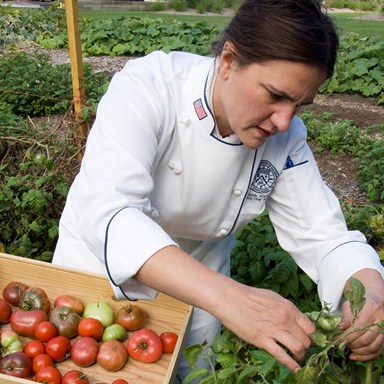 Korean tacos, Southern comfort and “frugality fatigue” are among the leading restaurant trends predicted by Technomic for next year.
Korean tacos, Southern comfort and “frugality fatigue” are among the leading restaurant trends predicted by Technomic for next year. Grant program honoring exemplary culinary training across the nation exposed food editors and other media to educators’ innovations on the plate during the 2010 IFEC Conference in New Orleans.
Grant program honoring exemplary culinary training across the nation exposed food editors and other media to educators’ innovations on the plate during the 2010 IFEC Conference in New Orleans. Having identified types of sparkling wines, here’s how to serve them.
Having identified types of sparkling wines, here’s how to serve them.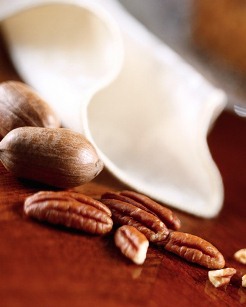 Recent research suggests pecans, applicable in recipes for every season, are packed with nutrition.
Recent research suggests pecans, applicable in recipes for every season, are packed with nutrition.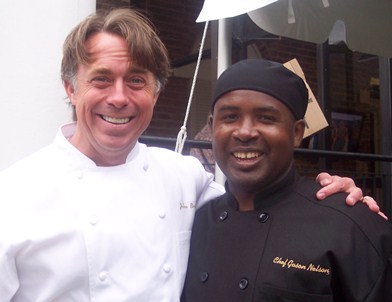 Private chef to an NFL running back, Gason Nelson of New Orleans provides a winning combination of professional culinary skills and hard work with a down-to-earth attitude.
Private chef to an NFL running back, Gason Nelson of New Orleans provides a winning combination of professional culinary skills and hard work with a down-to-earth attitude.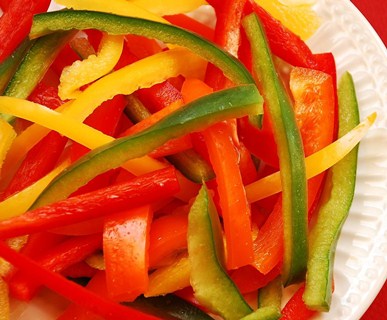 Chef Weiner continues his advice for students on knife selection and maintenance. This month: properly using knives.
Chef Weiner continues his advice for students on knife selection and maintenance. This month: properly using knives.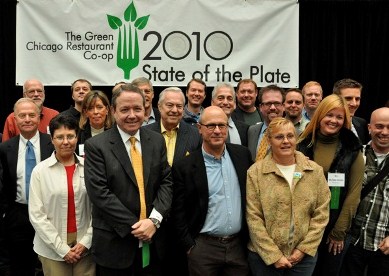 Educators, chefs and farmers gathered in Chicago to learn how to increase, Improve, market and teach sustainable meat production.
Educators, chefs and farmers gathered in Chicago to learn how to increase, Improve, market and teach sustainable meat production. Less easy than it might seem, there’s a strategy to forming small groups that makes group activities in class more effective and enhances student learning.
Less easy than it might seem, there’s a strategy to forming small groups that makes group activities in class more effective and enhances student learning.